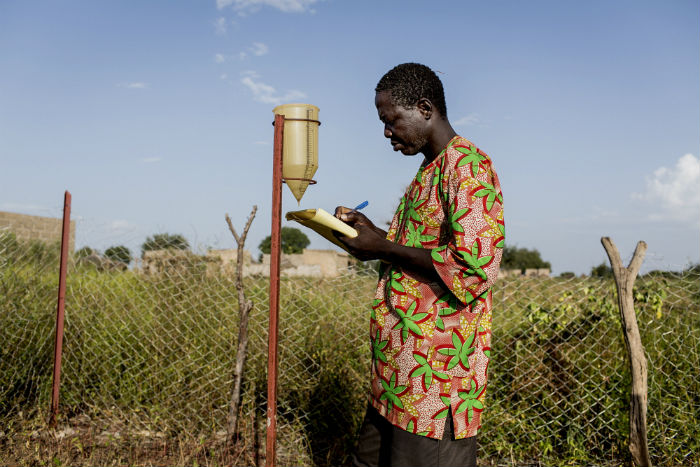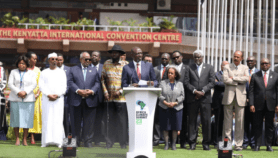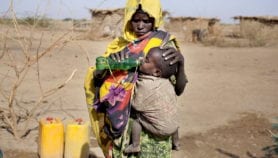Send to a friend
The details you provide on this page will not be used to send unsolicited email, and will not be sold to a 3rd party. See privacy policy.
Researchers have used simulations — a step-by-step method on a computer to explore approximate behaviour — to predict different outcomes of changes in seasonal rainfall and temperature for west and southern Africa.
According to researchers from South Africa-based University of Cape Town (UCT), forecasts of seasonal climate could help reduce disasters, and thus they were motivated to use simulations to predict changes in rainfall and temperature over time in Africa.
“In most aspects, the model simulates the seasonal rainfall variability better over West Africa than over Southern Africa.”
Kamoru Lawal, Nigerian Meteorological Agency
In the study conducted by researchers at the Department of Environmental and Geographical Sciences at the UCT, they used a group of climate models called general circulation model (GCM) to estimate rainfall and temperature figures from 1961 to 2005, focusing on all the countries in the two sub-regions.
The study’s findings were released in a statement by UCT last month (7 March). According to the statement, the study formed part of the doctoral thesis of Kamoru Lawal.
Lawal, who is the deputy general manager of research and training at the Nigerian Meteorological Agency, tells SciDev.Net that the study can help reduce the impacts of extreme rainfall and temperature such as disasters on socioeconomic activities in the regions.
“In most aspects, the model simulates the seasonal rainfall variability better over West Africa than over Southern Africa,” says Lawal. “In contrast, over Southern Africa, the GCM does a better job in simulating classes of temperature than in simulating classes of rainfall.”
He adds that the study is important because it can help improve climate models to give better seasonal simulations and more reliable future climate projections over Africa.
The study, according to Lawal, required synchronising a group of GCM and finding the mean rainfall and temperature changes.
“The benefit of the research to society is that the quantitative extents to which seasonal climate (rainfall and temperature) can be predicted reliably over West Africa and Southern Africa, using climate models, are now known,” he explains.
Richard Munang, coordinator of Africa Regional Climate Change Programme at the Kenya-based United Nations Environment Programme, agrees with study, saying it is a reliable technique stemming from the Intergovernmental Panel on Climate Change assessment reports.
“This project is a step in the right direction by contributing to the continental climate modelling body of knowledge,” he tells SciDev.Net.
Munang adds that although the research approach is in its nascent stages, it will contribute towards enriching the Africa context climate data to support decision-making on the continent.
“[But] the only caveat here will be that the various models being combined should be among the already highly established and approved models, already in use in established settings,” he adds.
This piece was produced by SciDev.Net’s Sub-Saharan Africa English desk.
References
Kamoru Abiodun Lawal Understanding the variability and predictability of seasonal climates over West and Southern Africa using climate models (University of Cape Town, 2015)














